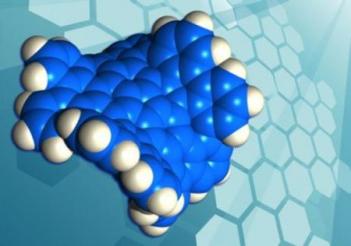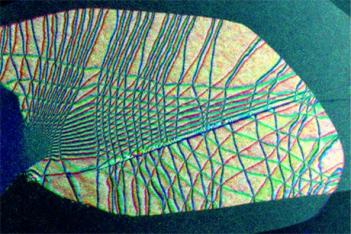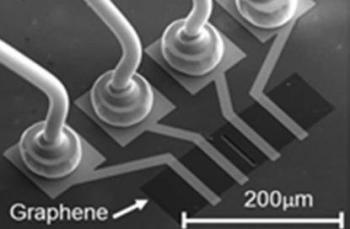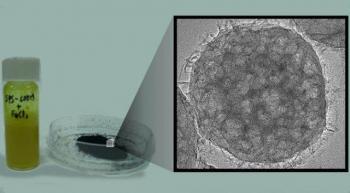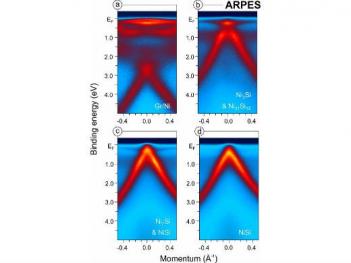Interview with Sean Christiansen, Garmor's VP of engineering
 Garmor announced a few days ago that it will begin to start producing graphene oxide flakes next month using its low-cost environmentally-friendly production process. Sean Christiansen, Garmor's VP of engineering has been kind enough to answer a few question regarding the company's business and technology.
Garmor announced a few days ago that it will begin to start producing graphene oxide flakes next month using its low-cost environmentally-friendly production process. Sean Christiansen, Garmor's VP of engineering has been kind enough to answer a few question regarding the company's business and technology.
Dr. Christiansen received his Ph.D. in chemical engineering from the University of California at Santa Barbara in 2001. Since then he worked in several companies, helping them to commercialize new innovations in high technology industries.
